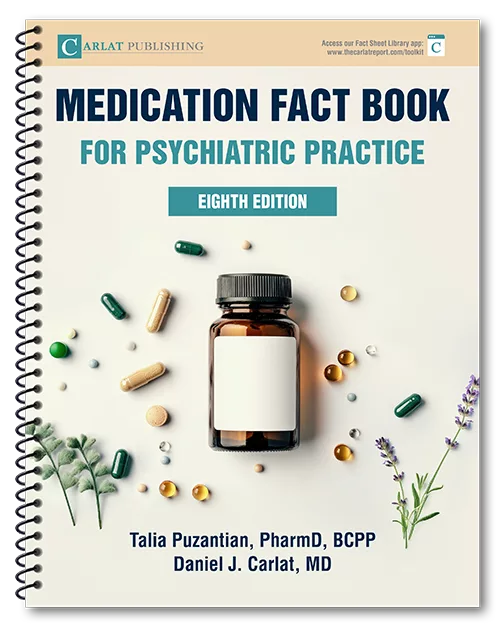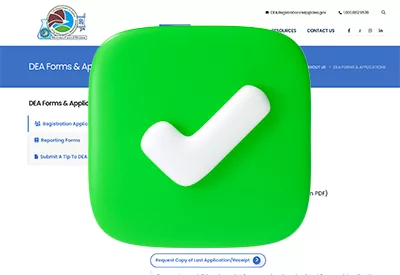Ever wonder if you’re missing billable moments for add-on psychotherapy?
She came in for “med management” follow up. But 20 minutes later, you’ve helped her breathe, reframe, and plan for panic triggers.
That wasn’t just support.
It was therapy.
↳ And you may have missed a legitimate opportunity to bill for it.
Most prescribers don’t use add-on psychotherapy codes. Not because we aren’t doing therapy—but because no one taught us how to code and document it clearly.
I’ve been exploring Debbie Granick’s excellent work around “The 20 Minute Therapist” concept—her courses, trainings, and blog content on integrating counseling with medication care—and it’s reshaped how I think about clinical documentation and billing.
Here’s the core:
▸ If you provide 16+ minutes of focused therapy—CBT, motivational interviewing, supportive therapy—you can bill 90833, 90836, or 90838.
▸ Your E/M must be billed based on medical decision-making, not time
▸ And your note needs to reflect the specific therapy you provided Vague phrases won’t cut it. What gets reimbursed is language like this:
→ “Used CBT to challenge catastrophic thoughts. Identified triggers and practiced reframing. Patient said she felt ‘more in control’ and agreed to log thought patterns this week.”
That’s clean. That’s specific. That’s billable.
And more importantly—it’s accurate.
It reflects what happened in the room.
This isn’t about gaming the system. It’s about recognizing the value of the therapeutic work we already do—and being compensated for it.
Because when a patient leaves with new insight, a coping skill, and a plan… that’s not just meds.
That’s therapy.
And it counts.
Are you billing for the therapy you’re already doing?
→ What helps—or holds you back—from using add-on psychotherapy codes?
→ Would a one-page guide or documentation template help you feel more confident? Follow me (Daniel Carlat, MD) for grounded reflections on integrated psychiatry—and how to get paid fairly for the work you already do.
Join the conversation on LinkedIn with Dr. Carlat.


_-The-Breakthrough-Antipsychotic-That-Could-Change-Everything.webp?t=1729528747)



